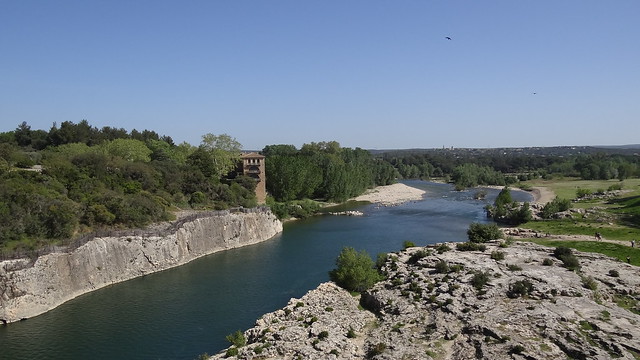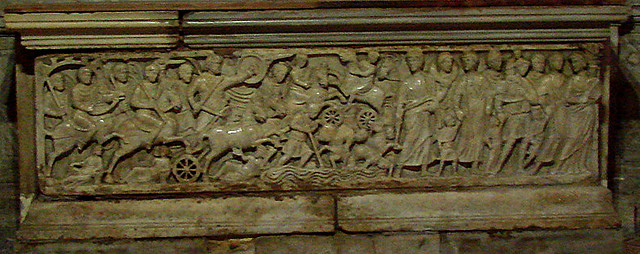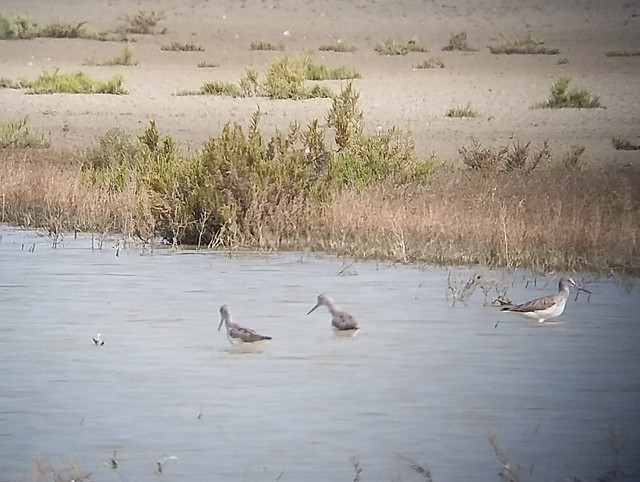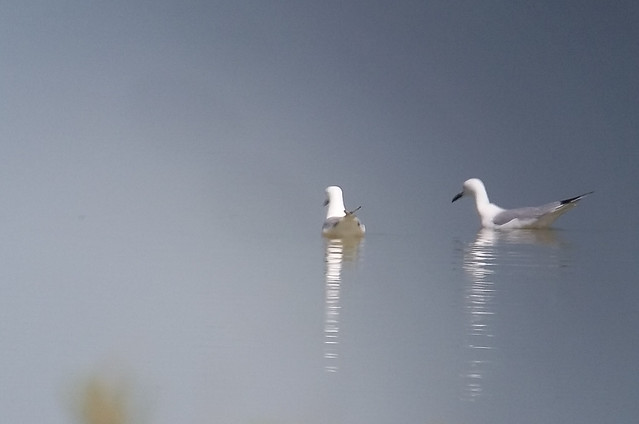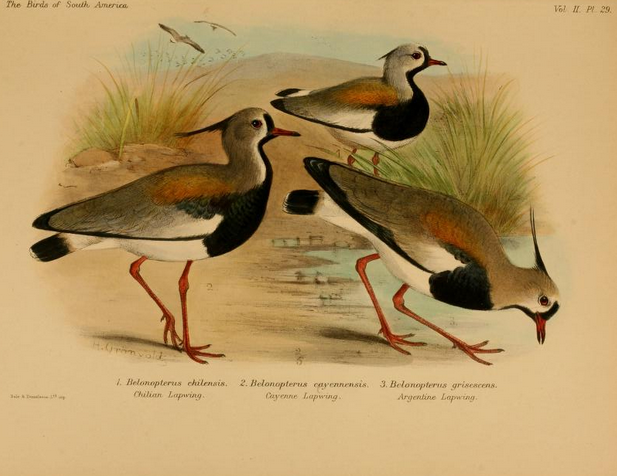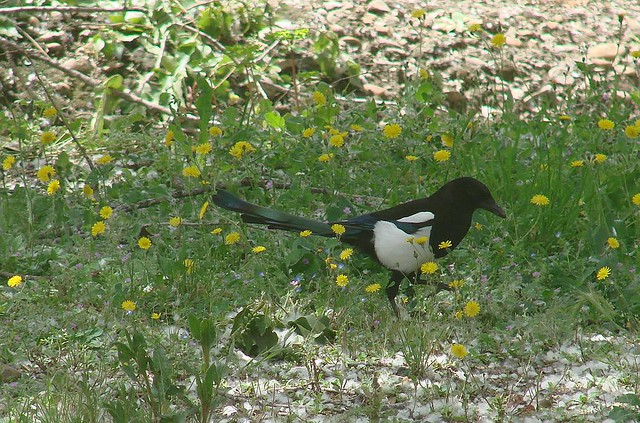The world changed forever 100 years ago today, and not for the better.
How to trace the cataclysmic fall of western culture without trivializing the deaths of so many?
Let’s try looking at the wartime career of a birder, namely, the jurist and amateur ornithologist Walther Bacmeister. Bacmeister was sent to the field at the age of 40, and served in the German army on both eastern and western fronts. In October 1916, he sent a poetic greeting, entitled “Draussen und Drinnen,” to his colleagues attending the annual meeting of the German Ornithologist’s Association:
For two full years, long ones and difficult / Our iron-hard defenses have stood armed out here. / They are defending our dear fatherland, / surrounding it with a bronze cord. / Two years, and if it lasts that many years again, / All you enemies will still not attain your goal! / We stand firm in the howling of the storms, / We out here.
As the months come and go, / you at home have not been idle, / You have served, hardy, in silent strength / German science. / Keep building that proud firm structure, / Let it rise high into the blue of heaven, / And crown its cornices in spite of our enemies, / You in there!
After the poem was read to the assembled guests, Anton Reichenow led the cheer for “our ornithologists dressed in campaign gray.”
Reichenow and Bacmeister and most of their colleagues were on the wrong side in a war that didn’t have many right ones. As an officer, Bacmeister had a modicum of leisure to pursue his own interests, as when he was stationed in Strasbourg in spring 1917:
Whenever possible, my time off duty was used for ornithological observation…. When in the early morning of April 27, 1914, I rode through the lavish brush of the Rhine woodlands on the northeastern edge of Strasbourg, I thought to myself that this was a real willow tit landscape. Hardly had I had the thought when I heard the familiar and characteristic “däh-däh,” which I had heard many hundreds of times before in Poland and in northeastern France — in the Argonne, the area of Verdun, and Champagne.
Infamous names in the history of European slaughter, rendered harmless by the presence of a gray parid.
Otto Kleinschmidt, the best known today of Bacmeister’s ornithological friends, provided the best account — nearly in “real time” — of Bacmeister’s collecting activities in the field. In an essay entitled “Miscellany on the Birds of the Enemy Territories Occupied by Us,” Kleinschmidt reported that
The first war souvenirs for my collection were two strikingly gray crested larks from the District of Warsaw. They were followed by both willow and marsh tits, collected on the triumphant march from the Beskids to Brest-Litovsk. The kind donor was Bacmeister…. On January 20 I received my first French willow tit, again from Captain Bacmeister, who had meanwhile returned to the western front after the conclusion of the Serbian campaign. Now shipment after shipment came in from east and west alike. None went missing — this must be emphasized, to the honor of our field post offices — and no bird arrived in unusable condition…. A magnificent series of “war birds” was assembled…. Collecting proceeded according to a system, namely, the focus on material that would be most important for the comparison of the Russian and the French avifaunas.
In the course of a rare leave from the front, Bacmeister was also able to hand over to Kleinschmidt specimens he had collected earlier — meaning, I think, before the war — in France and Poland.
Kleinschmidt commemorated his gratitude to his friend and colleague in the name of a new race of the lesser spotted woodpecker, collected by Bacmeister in the Ardennes in March 1916.
Two males and one female are much more heavily marked than German, English, or north African specimens, such that this is the darkest European form…. I name these pretty birds Picus minor bacmeisteri.
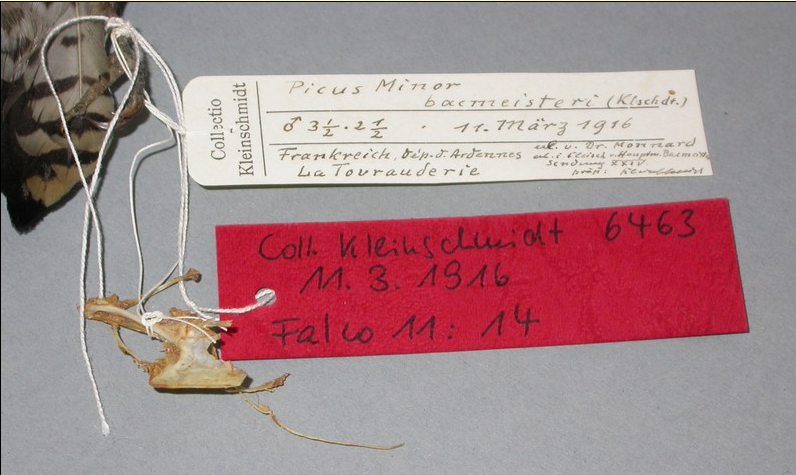
Kleinschmidt and Bacmeister together described another new taxon from birds collected in the Ardennes and Argonne.
Some of the long-tailed tits of eastern France have reddish upper eyelids in spring. Most are smaller than the subspecies europaea….
They named those birds Aegithalos caudatus expugnatus, “captured in battle.”

In his published writings, at least, Bacmeister appears to have thoroughly enjoyed his war. In a summary of ornithological observations made in eastern Poland, he recalls that
after the happy conclusion of the Easter battle in the Laborez valley in spring 1915, my division and I crossed the ridge of the eastern Beskids…. We passed through all of Galicia from south to north. Unforgettable days! We and our Austro-Hungarian allies had taken back Przemysl and Lwów. As if enchanted, we wandered after many months of spare living through the streets of Lwów, which were thronged by happy, festively dressed people. A joyous welcome was prepared for us.
Bacmeister found his time in the “magnificent city” far too short, but
still it was enough time to pay a thoroughly enjoyable visit to the splendid collections of Count Dzieduszycki, none of which — this must be emphasized — had been damaged by the Russians. It was a great pleasure for me to write my name into the guestbook directly below the names of the Russian visitors. Times change!
Only rarely and incidentally do grim realities intrude:
I encountered considerable numbers of barn swallows in virtually every village and town. In many places their nesting locations had been destroyed by the war. We learned that the Cossacks had sent special troops to burn down the villages that they had occupied and then been forced out of; those troops went from house to house and set the thatched roofs on fire with torches. The fires spread quickly to the entire house and left not much more than the chimney standing. From September 8 to September 21 I encountered migrating house martins.
Unlike so many millions, Bacmeister survived the Great War and returned to a prosperous and busy life in Germany. His family was not so fortunate the next time around, however.
On October 13, 1949, Bacmeister — by then a retired state’s attorney in Stuttgart — wrote to the president of the German Republic, Theodor Heuss, with “a request that is not my request alone, but shared by many who share my same grief.”
Our only son, Arnold Bacmeister, married and 42 years old, a lawyer, has been a prisoner of war since May 1945. He was a paramilitary soldier in Berlin. For three long, long years we knew nothing of his whereabouts or even whether he was still alive. Then, in August 1948, we learned from three separate returning prisoners that he was still living: He was a prisoner in the Buchenwald concentration camp [which had been transformed into a prisoner of war camp by the Soviets after its liberation by the Americans], where he most likely still is, if he hasn’t been sent somewhere else. He knows nothing of our condition or that of his wife, and cannot write; neither can we. This is psychic torture, for him and for us, and we can hardly bear the agony any longer.
Heuss replied, five days later.
Obviously, as you know, the power of the president is limited, and many Germans still live in the belief that all the head of the federal state needs to do is give a directive; they do not understand his authority and its complications. That dreadful fate that finds Germans still captive in the concentration camps of the eastern zone is well known to me from a long series of cases. The delicate position of the German Federal Republic with respect to the reconstruction of eastern and central Germany makes any concrete confrontation politically very tricky. Protest against this situation has, of course, already been registered by all parties. But I will be glad to take your letter as the occasion to raise this matter with Minister [Jakob] Kaiser.
The editors of Heuss’s official correspondence fill in the rest of the story: Bacmeister wrote to the president again in July 1950, after learning that his son had been sentenced to 18 years of prison. Arnold Bacmeister was released sometime between 1955 and 1957; he would publish an autobiography two years before his death in 1994.
Even through those excruciating years, the elder Bacmeister continued to write about birds and birders, ornithology and ornithologists. The family history mentions more than 240 (!) publications, most of them on natural history. He published biographical sketches on Theodor Heuglin (of gull fame) and the great Chilean explorer Christian Luis Landbeck. Of greatest use to the researcher is his bibliography of ornithology in Württemberg through the year 1943,
What are we to think, almost 50 years after his death, of the life and career of Walther Bacmeister? He was a loving father and a member of the Nazi party. He was an ornithological historian and an officer in the armies that devastated northern France.
Nothing’s ever simple, is it?
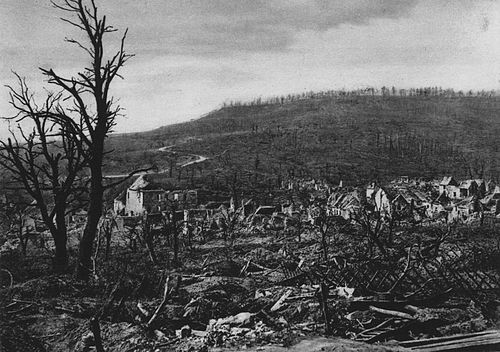
- Wikimedia Commons


